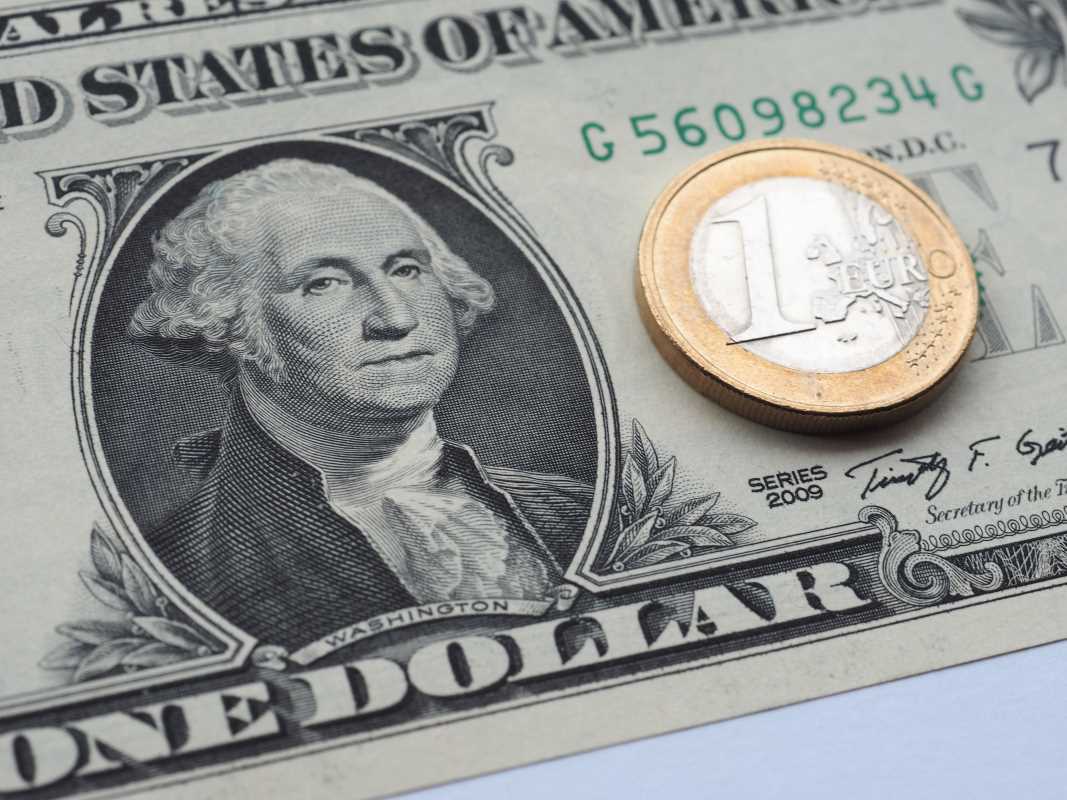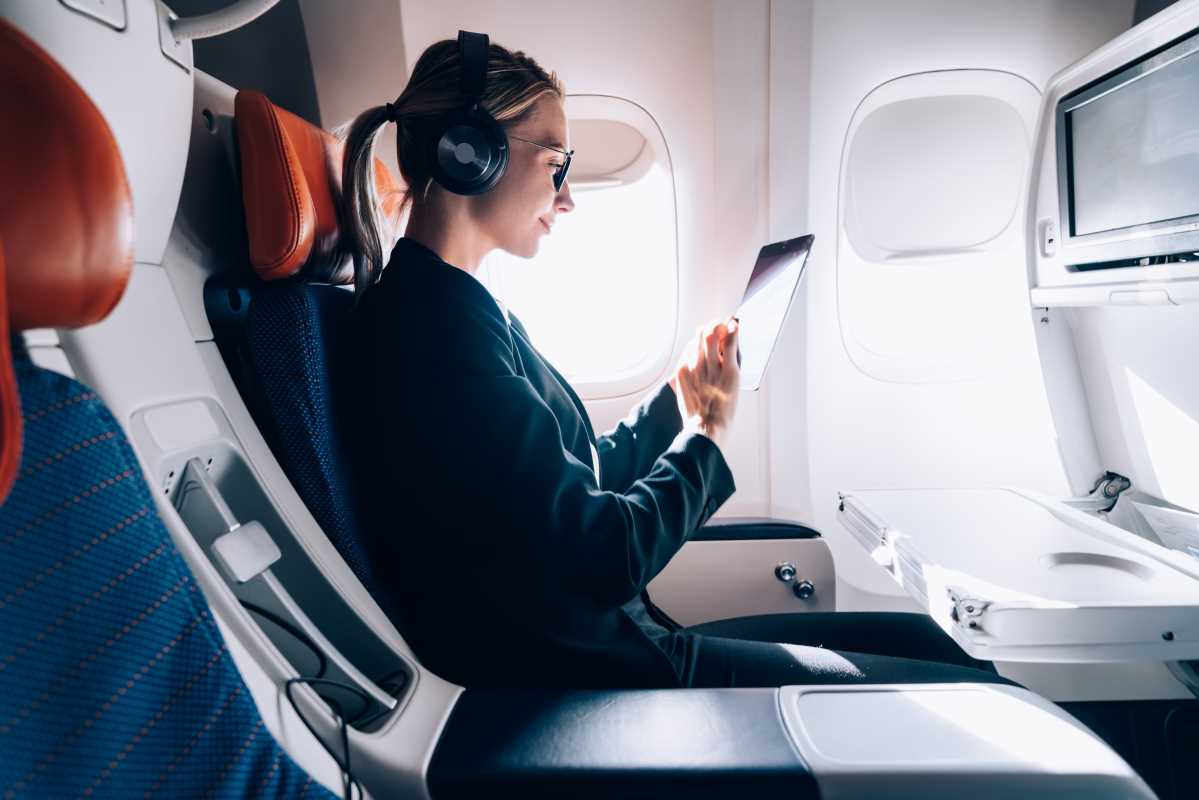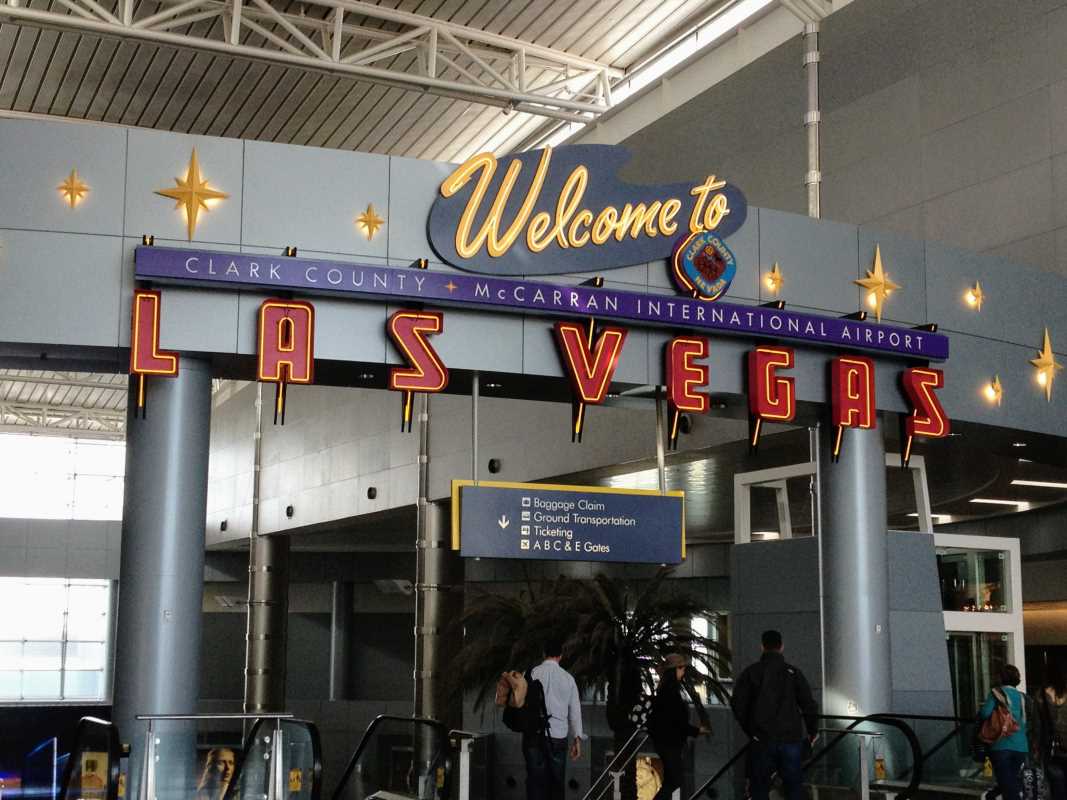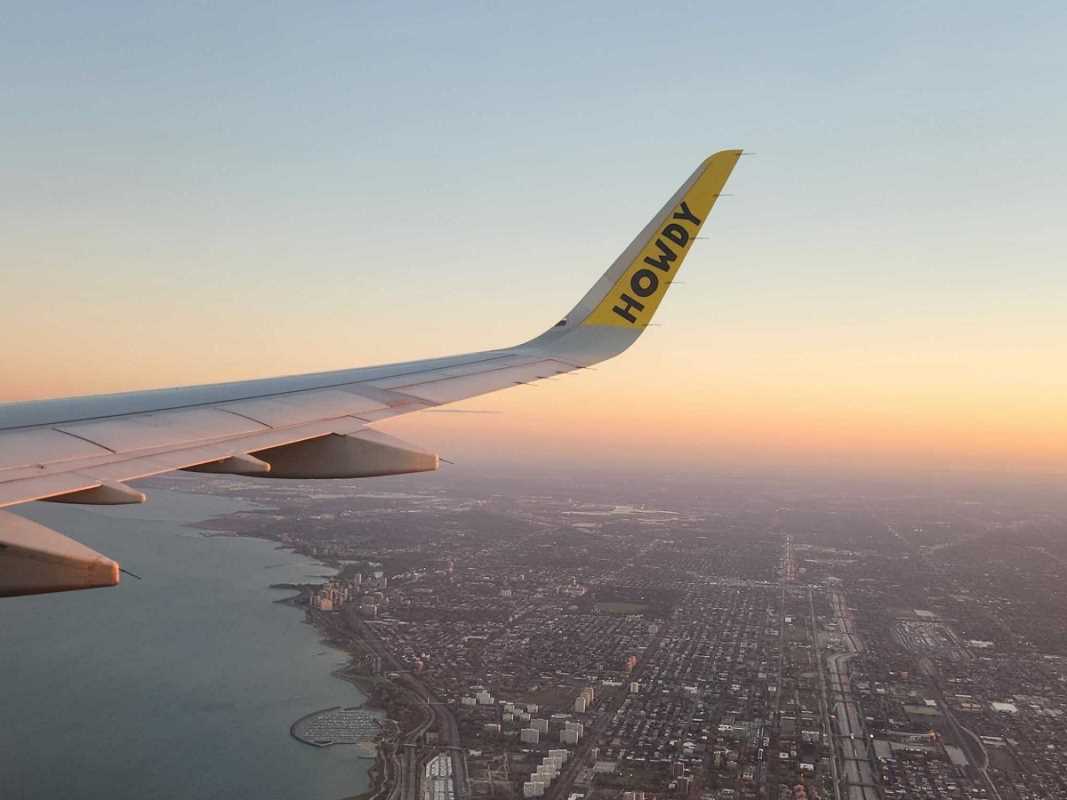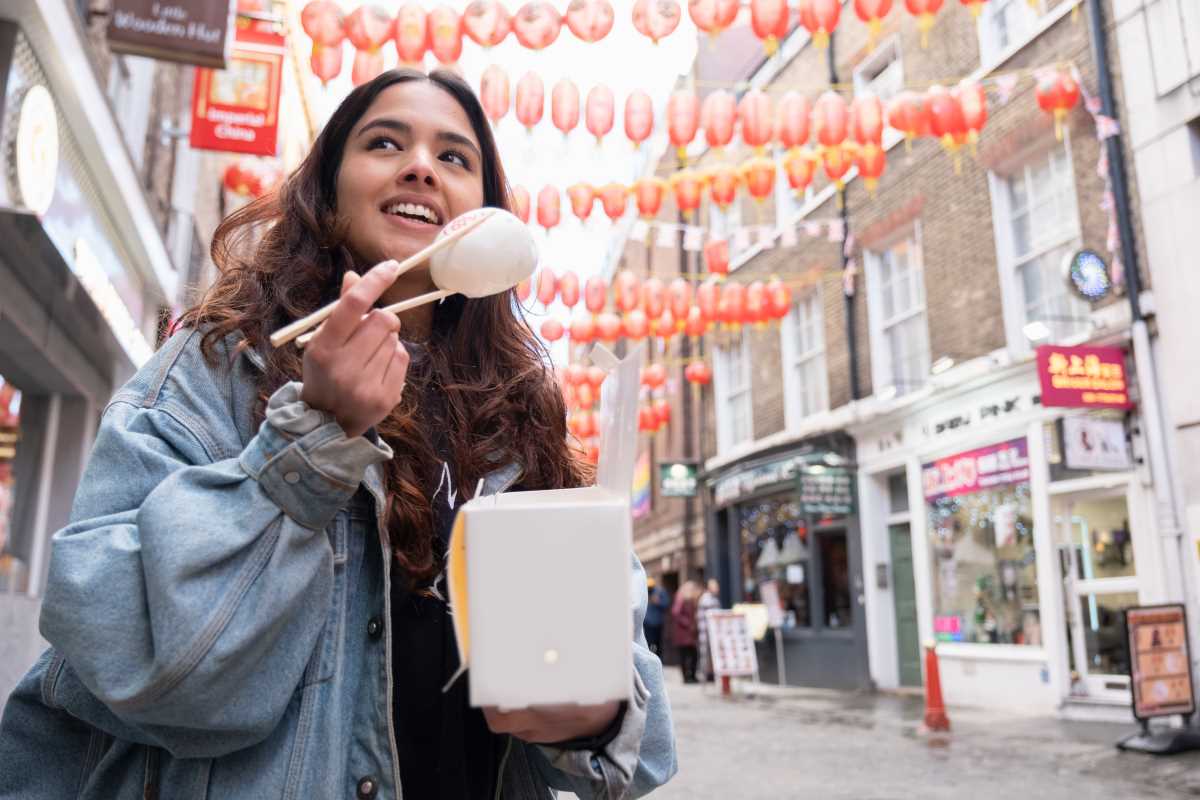When you're traveling internationally, one of the first things you'll think about is how to get the local currency in your hands. But hold up! The process isn’t always as straightforward as you might think. Between confusing exchange rates, hidden fees, and the risk of falling victim to scams, currency exchange can quickly become a bit of a minefield. As someone who’s spent plenty of time hopping around the world, I’ve learned a thing or two about how to navigate this often-overlooked aspect of travel. So buckle up, because I’m about to share all the tips and tricks you need to make sure your money goes further and you don’t end up on the wrong side of a currency con.
Research Exchange Rates Before You Go
It might seem like a no-brainer, but checking the current exchange rates before you even pack your bags can save you a lot of money. I always make sure to do a little research before I go anywhere. Tons of apps make this easy, and you can track rates and even set alerts to get the best deal. That way, when I’m at a currency exchange counter or dealing with a local vendor, I have a rough idea of what things should cost and whether I’m being offered a fair exchange. It’s a small step that can really help prevent me from being caught off guard when it comes time to change money.
Avoid Airport Exchange Desks
I’ve been there—you’ve just landed in a foreign country, you’re feeling exhausted, and the first thing you see is a currency exchange desk right in front of you. The convenience is tempting, but trust me, it’s not worth it. Airport exchange booths tend to have terrible rates, and hidden fees often make it even worse. They know you're in a rush and desperate for cash, so they take advantage. If you can, exchange only a small amount of money at the airport to get you by for the first few hours. Once you’ve settled in, head into the city to find a better rate.
Use ATMs for Better Rates
When exchanging money, the ATM is often the best bet. I’ve always found that withdrawing cash from an ATM during my travels gives me a much better rate than I’d get from a currency exchange booth. ATMs usually offer a rate that’s closer to the real market rate, and you can even use your own bank’s network to avoid hefty fees (so check with your bank before you travel). Still, don’t forget to be mindful of any foreign transaction or ATM withdrawal fees your bank may charge, and remember, ATMs in tourist-heavy areas tend to have higher fees. I always search for ATMs that are affiliated with my bank or ones that have reasonable fees.
Use Credit and Debit Cards with No Foreign Transaction Fees
I’m a huge fan of using my credit or debit card for most purchases when I’m traveling. It’s easy, safe, and a lot more convenient than carrying a bunch of cash around. But here’s the catch—before you go on your trip, check if your card charges foreign transaction fees. I made the mistake of using a card that charged me extra just for swiping it overseas, and those fees quickly add up. Now, I make sure to use cards that offer no foreign transaction fees. Some travel cards also offer perks like travel points, which are an added bonus! Plus, the exchange rate is usually much better when you use a card compared to exchanging cash, and it’s a lot safer than carrying a lot of money on you.
Know When to Exchange Currency
Timing is everything. Sometimes, I’ve exchanged money a little too early, only to see the exchange rate improve the next day, and other times, I’ve waited too long and had to exchange at a bad rate. If you’re flexible with your travel schedule, it can help to keep an eye on the exchange rates leading up to your trip. If you see a dip, you might want to exchange some cash in advance. Many apps will alert you when the rates are favorable, so it’s worth checking them out before you take the plunge and change your money.
Be Careful of Street Money Changers
Okay, this one’s tricky. Street money changers might seem like a good deal—they often offer rates that are better than what you’d get at an exchange booth—but they can also be downright shady. I’ve seen plenty of travelers get scammed this way. Some street vendors might give you fake bills or try to shortchange you by claiming you didn’t hand over enough money. It’s a risk that’s often not worth taking, especially if you’re not familiar with the local currency. Stick to trusted, reputable places for exchanging money, like banks, currency exchange shops, or ATMs. Trust your instincts, and if something feels off, walk away.
Look for Local Currency Exchange Shops, Not Hotels
Hotels often have currency exchange services, but—spoiler alert—these are usually a rip-off. The exchange rates at hotel counters are notoriously bad, and the fees can be hidden in the fine print. I’ve been burned by this before, so now I make a point to avoid using hotel exchange services unless it’s absolutely necessary. Instead, I look for local currency exchange shops in the city, usually located away from the main tourist areas. These shops often offer much better rates and are more transparent about any fees. Plus, you get to support the local economy!
Beware of Exchange Rate Apps with Hidden Fees
I’m all about using apps to make travel easier, but some currency exchange apps come with hidden fees that you may not be aware of until it’s too late. Sure, they look like great tools, but once you go to exchange money, you may find that they’ve tacked on additional charges that weren’t clear in the beginning. When using an app, make sure to read all the fine print and check for any extra charges. I recommend using apps like Revolut or Wise (formerly TransferWise) for currency exchange since they tend to be more transparent about their fees and offer better rates.
Use a Currency Converter App to Double-Check
It’s always a good idea to double-check rates, especially when you’re not sure about the exchange rate you’ve been quoted. I never exchange money without quickly pulling out my phone and checking the exchange rate through a currency converter app. This helps me verify whether the rate I’m getting is reasonable or if I’m being overcharged. Some apps even allow you to track historical exchange rates, so you can see how the rate has been moving over time and make an informed decision. It’s a small step that makes a big difference when it comes to saving money.
Stay Vigilant and Trust Your Instincts
Lastly, it’s crucial to trust your gut. If something doesn’t feel right—whether it’s the exchange rate being offered or the person handling your money—don’t be afraid to walk away. If you’re in a situation where you feel uncomfortable or if you sense something fishy, just trust your instincts and find a safer, more reputable option. The last thing you want is to lose money or get scammed, so it’s better to err on the side of caution.
By following these tips, you’ll be able to confidently navigate currency exchange and avoid scams that could leave you feeling frustrated and broke. Happy travels, and may your wallet stay full!
